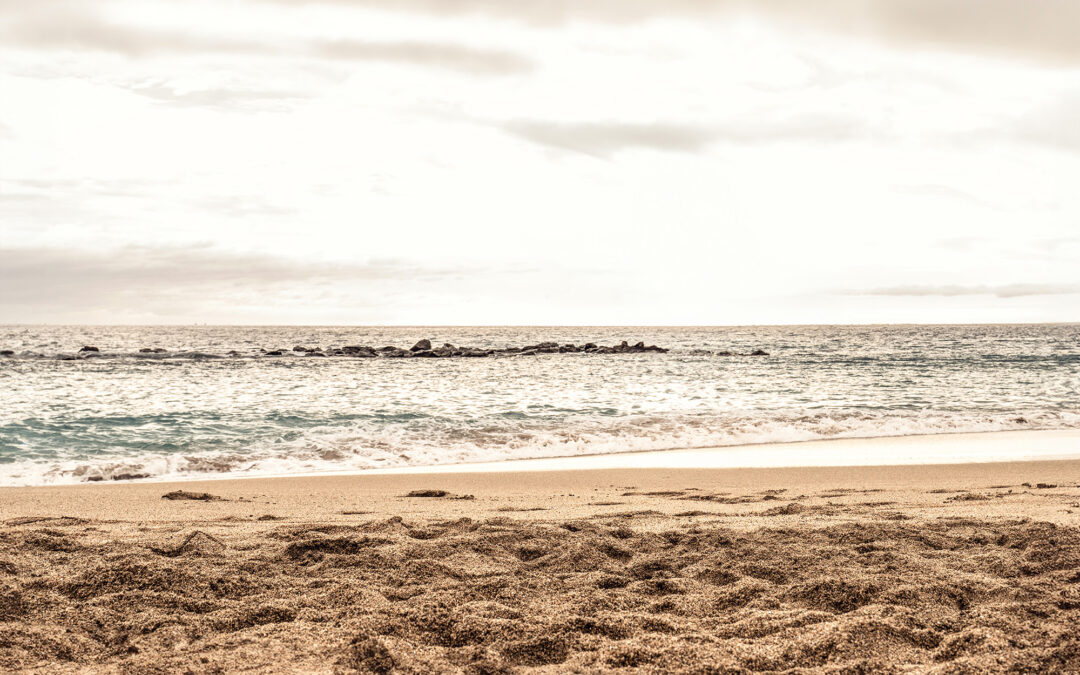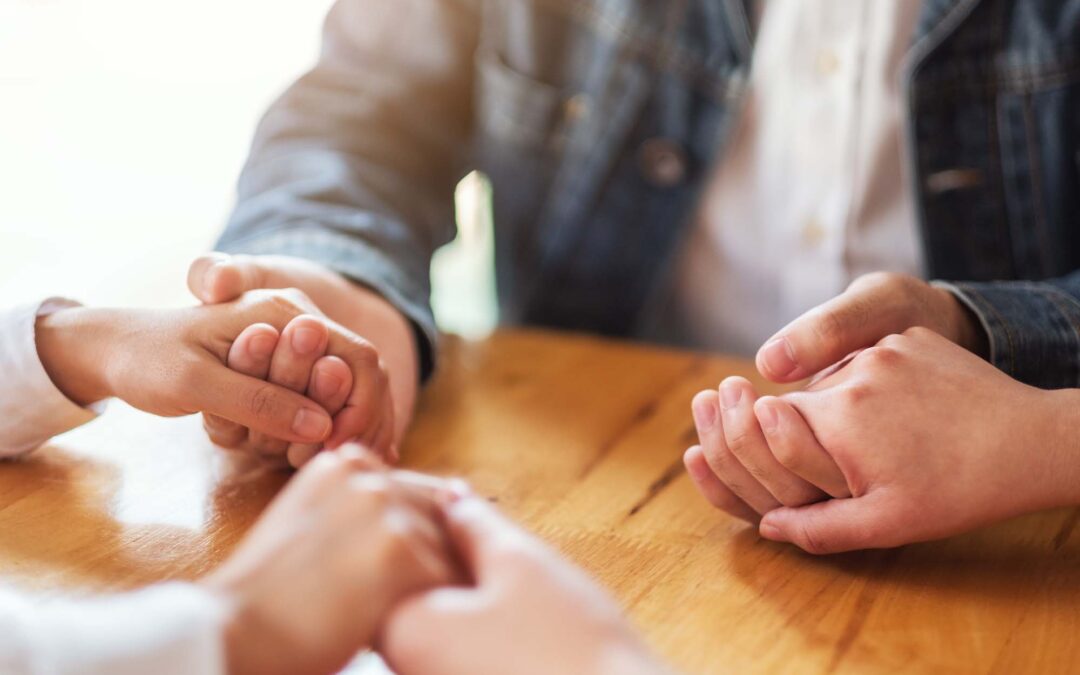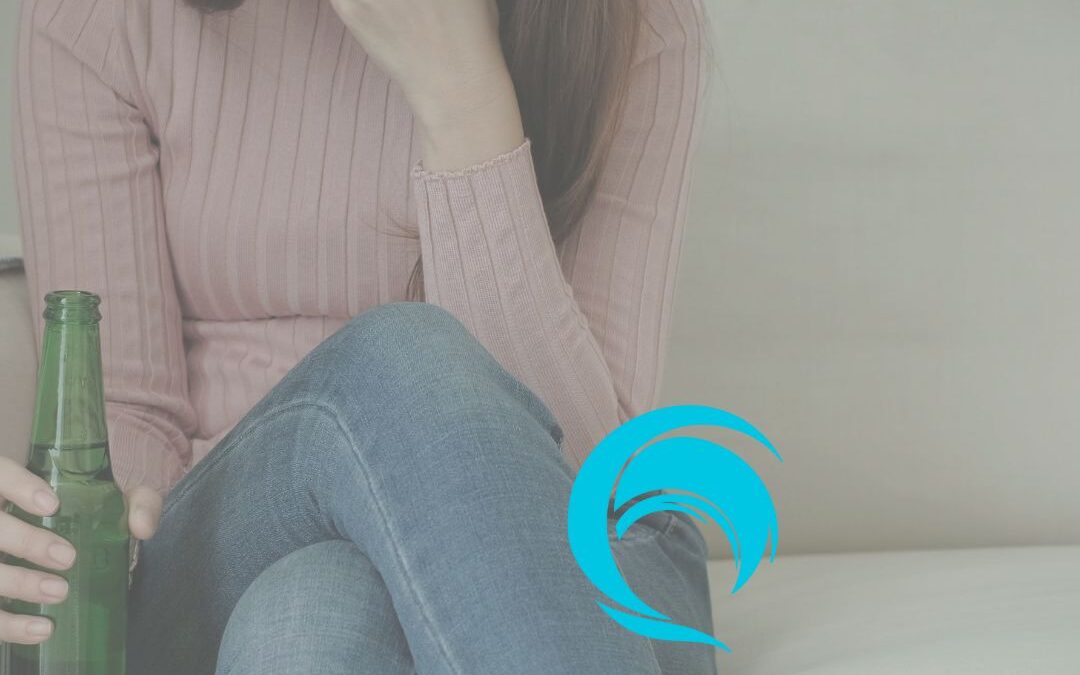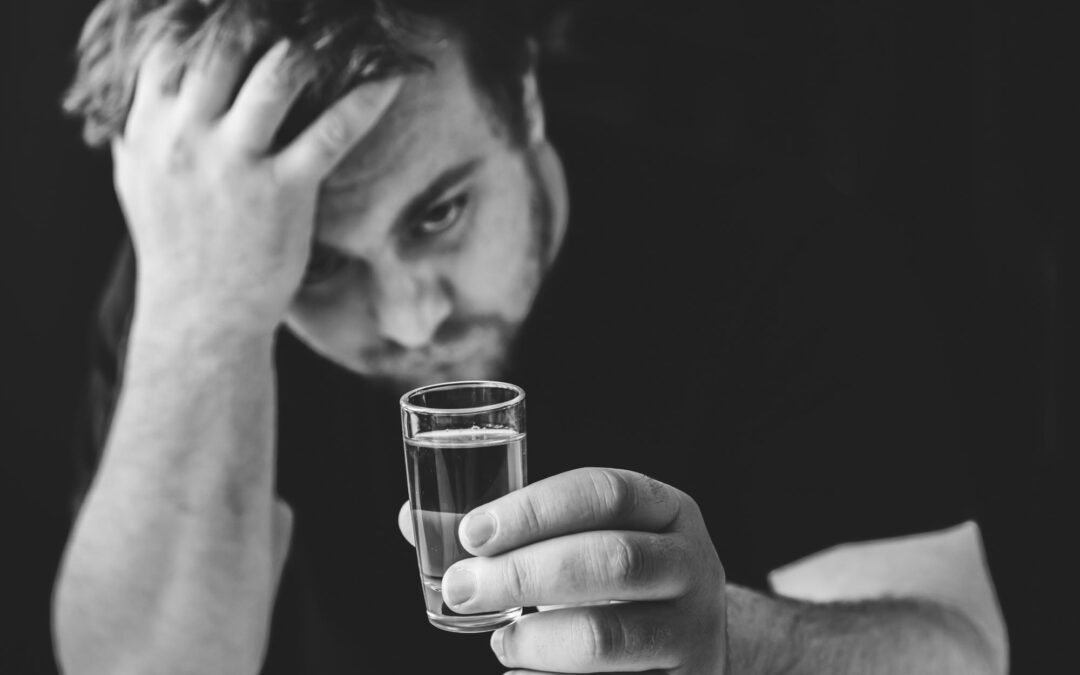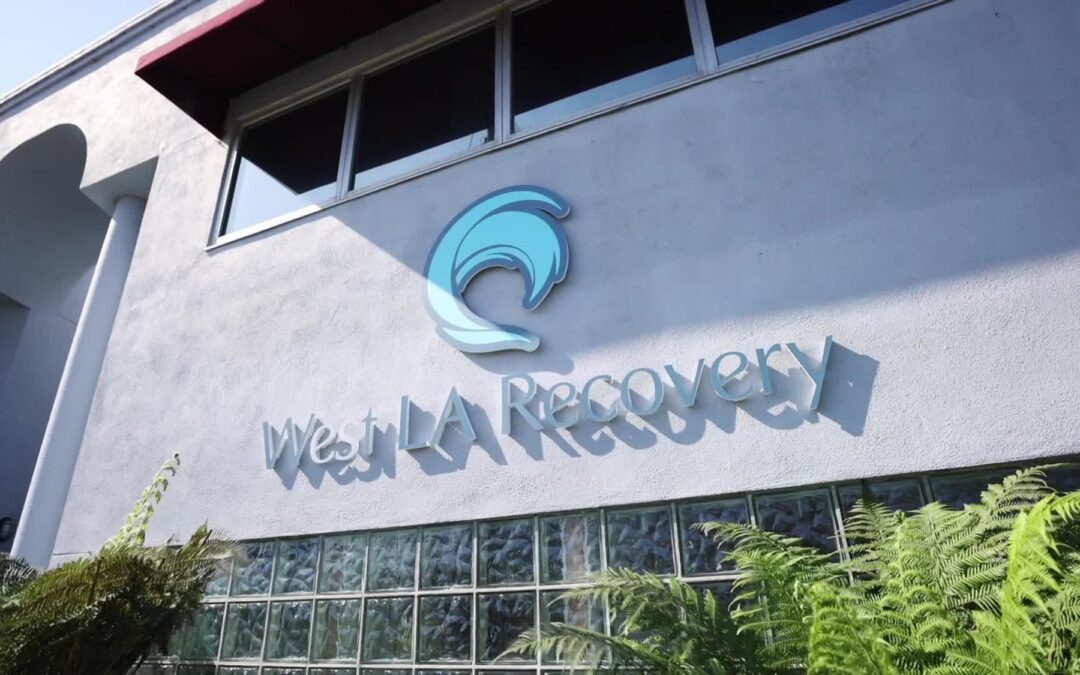Overview of Ibogaine and Ayahuasca
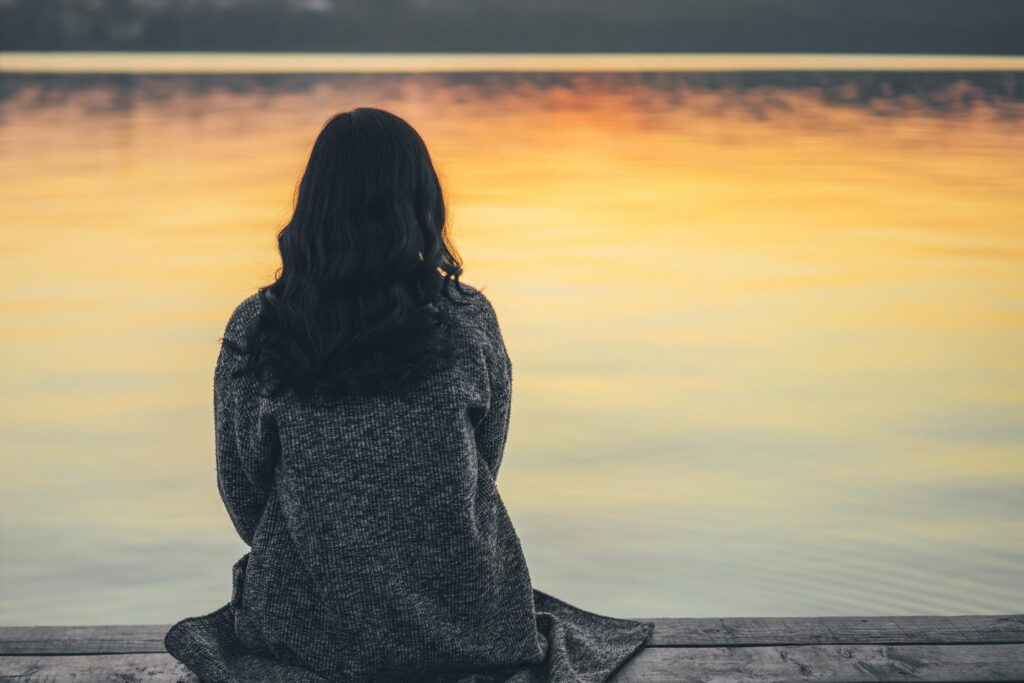
Plant medicines have become powerful tools in treating addiction, with Ibogaine and Ayahuasca leading the way in psychedelic therapy. These natural substances offer different methods for healing and recovery.
What is Ibogaine?
Derived from the root bark of the African Tabernanthe iboga shrub, has been used for centuries in spiritual ceremonies by the Bwiti people of Gabon. This powerful substance creates an intense psychedelic experience lasting 24-36 hours, known for its ability to interrupt addiction patterns and reduce withdrawal symptoms.
What is Ayahuasca?
A brew combining the Banisteriopsis caapi vine with Psychotria viridis leaves, originates from indigenous Amazonian traditions. Shamans have administered this sacred medicine for generations, guiding participants through profound spiritual experiences that typically last 4-8 hours.
Similarities between Ibogaine and Ayahuasca
Both medicines have remarkable properties:
- Deep psychological insights
- Spiritual awakening experiences
- Emotional healing potential
- Physical detoxification effects
Differences between Ibogaine and Ayahuasca
These plant medicines differ significantly in their approach to addiction treatment:
- Ibogaine: Tends to work directly on neurotransmitter systems.
- Ayahuasca: Operates through intense psychological and spiritual experiences.
Understanding these distinctions helps determine which medicine might better suit individual healing needs.
Origins and Cultural Significance
Ibogaine: Roots in Bwiti Spiritual Practice
Ibogaine’s roots trace back to the Bwiti spiritual practice in West African countries, particularly Gabon, Cameroon, and the Democratic Republic of the Congo. The Bwiti tradition uses the bark of the Tabernanthe iboga plant in ceremonial rituals for spiritual awakening, healing, and rites of passage. These ceremonies often last several days, with tribal elders guiding participants through intense visionary experiences.
Ayahuasca: Sacred Brew of the Amazon Basin
Ayahuasca’s heritage lies deep in the Amazon Basin, where indigenous tribes have used this sacred brew for thousands of years. The name “ayahuasca” comes from the Quechua language, meaning “vine of the soul” or “vine of the dead.” Shamans prepare this ceremonial drink by combining the Banisteriopsis caapi vine with Psychotria viridis leaves, creating a powerful mixture used for:
- Spiritual enlightenment
- Physical healing
- Community bonding
- Divine communication
- Ancestral connection
Both substances remain integral to their respective cultures, serving as bridges between physical and spiritual realms while maintaining ancient wisdom traditions alive through generations.
Composition and Effects
Ibogaine and Ayahuasca work through distinct chemical pathways to influence brain chemistry and addiction patterns.
Ibogaine’s Chemical Profile:
- Primary compound: Ibogaine HCl
- Acts on multiple neurotransmitter systems
- Blocks dopamine receptors associated with drug cravings
- Creates sustained metabolite noribogaine
Ayahuasca’s Dual-Component System:
- DMT (N,N-Dimethyltryptamine) – primary psychoactive
- Harmala alkaloids – natural MAO-inhibitor
- Enhances serotonin availability
- Promotes neuroplasticity
The compounds in both substances create profound alterations in consciousness, but through different mechanisms. Ibogaine tends to produce a dream-like state with personal insights, while Ayahuasca generates vivid visions and emotional processing. These distinct pharmacological profiles affect addiction treatment differently – Ibogaine often provides immediate interruption of withdrawal symptoms and cravings, while Ayahuasca typically works through psychological healing and pattern recognition.
The duration of effects varies significantly: Ibogaine sessions last 24-36 hours, while Ayahuasca ceremonies typically span 4-6 hours. These timeframes influence treatment protocols and integration approaches, which are crucial for successful recovery from addiction.
Treatment Applications
Ibogaine and Ayahuasca have different methods for treating addiction.
Ibogaine: Rapid Treatment
Ibogaine works quickly, usually needing only 1-3 sessions to tackle substance dependencies. Its effects can last 24-36 hours, during which patients report reduced withdrawal symptoms and drug cravings.
Ayahuasca: Gradual Healing
Ayahuasca treatments generally involve multiple ceremonies over weeks or months. This slow approach allows patients to deal with deep-rooted trauma and emotional patterns that drive addictive behaviors.
Key Treatment Differences:
- IbogaineQuick relief from withdrawal symptoms
- Resetting of opioid tolerance
- Elimination of physical dependency within 24-48 hours
- AyahuascaGradual emotional healing
- Recognition of behavioral patterns
- Development of new coping mechanisms
Both substances show promising results in treating various addictions, including alcohol, opioids, cocaine, and methamphetamine. Research indicates success rates of 60-80% when these treatments are combined with proper therapeutic support and aftercare programs.
The choice between Ibogaine and Ayahuasca often depends on the specific addiction type, patient history, and individual treatment goals. Medical screening and professional guidance are essential for determining the most suitable approach.
Health Risks and Safety Measures
Both Ibogaine and Ayahuasca carry significant health risks that require careful consideration and medical supervision.
Ibogaine Risks:
- Cardiac complications due to heart rhythm disturbances
- Potential liver toxicity
- Risk of seizures
- Interactions with existing medications
Ayahuasca Risks:
- Severe nausea and vomiting
- Blood pressure fluctuations
- Psychological distress
- Serotonin syndrome when combined with certain medications
A comprehensive medical screening is essential before undergoing either treatment. This includes:
- Complete cardiovascular assessment
- Liver function tests
- Mental health evaluation
- Medication review
- Blood pressure monitoring
Professional medical supervision during treatment sessions helps manage potential complications and ensures immediate response to adverse reactions. The presence of experienced facilitators and medical staff can significantly reduce risks and create a safer therapeutic environment.
Proper preparation through dietary restrictions and medication adjustments in the weeks leading up to treatment is crucial for minimizing health risks. These safety protocols are non-negotiable aspects of responsible psychedelic therapy.
Therapeutic Benefits

Ibogaine and Ayahuasca offer profound therapeutic benefits through distinct biological and psychological mechanisms. Ibogaine stimulates the production of Glial cell-derived neurotrophic factor (GDNF) and Brain-derived neurotrophic factor (BDNF), essential proteins that support neuroplasticity and brain healing.
These sacred medicines create lasting positive changes in brain chemistry:
- Enhanced Neuroplasticity: Both substances promote the formation of new neural pathways, helping break addictive patterns
- Emotional Processing: Users report deep insights into past trauma and emotional wounds
- Spiritual Awakening: Many experience profound spiritual connections and renewed life purpose
- Cognitive Reset: The brain’s reward systems recalibrate, reducing cravings and addictive behaviors
Ayahuasca’s DMT compounds specifically target serotonin receptors, leading to increased mindfulness and emotional awareness. Ibogaine’s unique interaction with multiple neurotransmitter systems helps reset addiction-related neural circuits while promoting psychological healing.
The therapeutic effects extend beyond the immediate experience, with many patients reporting sustained improvements in mood, anxiety levels, and addiction-related behaviors for months after treatment.
Legal Status
The legal situation regarding Ibogaine and Ayahuasca is quite different in various countries.
Ibogaine
- Mexico, Canada, and several European nations: Ibogaine is not classified as a controlled substance, which means treatment centers can operate legally.
- United States: Ibogaine is classified as a Schedule I controlled substance, meaning it is illegal and considered to have no accepted medical use.
- New Zealand: Ibogaine is regulated as a prescription medication, making it the first country to do so.
- Brazil’s healthcare system: Ayahuasca’s potential therapeutic applications are acknowledged under specific conditions.
Ayahuasca
- Brazil, Peru, and Colombia: Ayahuasca has been legalized for religious and spiritual practices.
- United States: The active compound in Ayahuasca, DMT, is classified as Schedule I. However, there are religious exemptions for certain Ayahuasca churches.
- Medical research permits available in select cases: This allows for controlled studies on the potential benefits of Ayahuasca.
Several countries are beginning to recognize the therapeutic potential of these substances and are establishing frameworks for their controlled medical use.
Combined Therapy Approach
Treatment centers worldwide have begun exploring the synergistic potential of combining Ibogaine and Ayahuasca therapies. This integrated approach creates a powerful healing journey tailored to individual needs and circumstances.
Key Benefits of Combined Treatment:
- Ibogaine’s rapid detoxification properties paired with Ayahuasca’s emotional healing capabilities
- Extended therapeutic window through strategic timing of sessions
- Enhanced neuroplasticity and psychological breakthroughs
- Deeper spiritual connection and personal insights
The combined therapy typically starts with Ibogaine treatment to address physical dependency and withdrawal symptoms. After a suitable integration period, Ayahuasca ceremonies help patients process emotional trauma and establish new behavioral patterns.
Personalized Treatment Protocols:
- Pre-screening medical evaluations
- Custom dosing schedules
- Integration therapy between sessions
- Ongoing psychological support
- Aftercare planning
This dual approach recognizes that addiction treatment isn’t one-size-fits-all. Each person’s journey through recovery requires different tools and timing. Some patients benefit from multiple Ibogaine sessions before transitioning to Ayahuasca, while others might alternate between the two medicines.
Holistic Treatment Options Available
Our comprehensive approach not only includes the combined therapy but also explores various holistic therapy options that can further enhance the healing process.
Contact Us Today!
Ready to explore comprehensive addiction treatment options? Our experienced team can help determine if a combined Ibogaine and Ayahuasca therapy approach suits your needs. We provide:
- Detailed medical assessments
- Personalized treatment plans
- Safe, supervised environments
- Expert integration support
- Long-term recovery guidance
Call us to discuss your path to recovery. Your journey toward healing and transformation starts with a single step.
Your well-being is our priority. Let’s work together to create a treatment plan that addresses your unique needs and circumstances.



